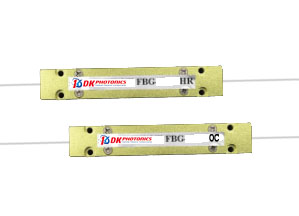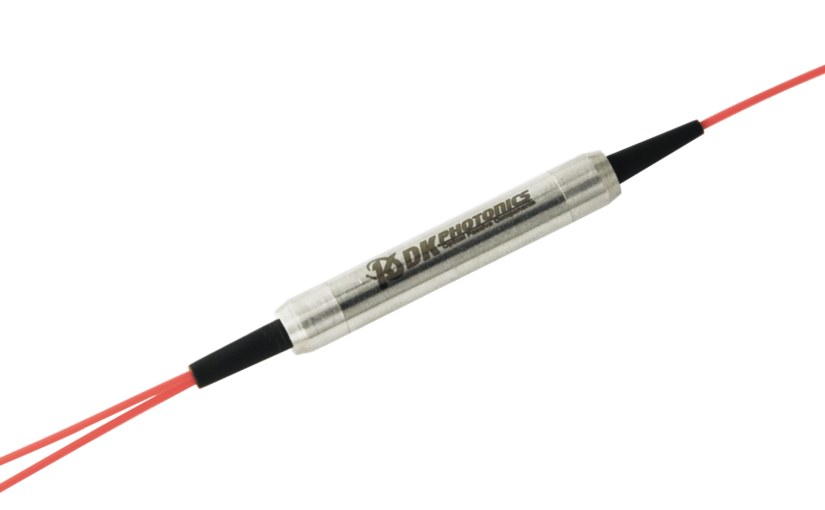The function of a cladding power stripper is to take out any light that travels in the cladding and only measure the light that travels through the core of an optical fiber. This ensures accurate results when measuring how much light is transferred through the core itself, without interference from the surrounding.
Using it can guarantee a wide area for optical power absorption and the safe dissipation of generated heat without harming or damaging the surrounding components.
Benefits of Cladding Power Strippers
Not all power strippers are created equal, and not all customers have the same needs when it comes to stripping or cleaning their cladding panels. In this blog, we’ve put together this list of the top seven benefits of cladding power strippers.
1) High Stripping Efficiency
Cladding power strippers offer a high stripping efficiency, meaning that they can quickly and easily remove the insulation from wires. This is a huge benefit, as it can save you time and money in the long run. Additionally, cladding power strippers are much more precise than other types of strippers, so you can be sure that you’re not damaging the wire underneath the insulation.
2) Low Signal Loss and Beam Quality Degradation
If you’ve ever worked with fiber optics, you know that cladding is an important part of the system. Cladding is a thin layer of material that surrounds the core of the fiber and helps to keep the light contained within the core. One of the benefits of cladding is that it helps to reduce signal loss. When light travels through the fiber, some of it is lost due to scattering and absorption. Cladding helps to reduce this loss by keeping the light confined to the core.
3) High Extinction Ratio
One of the most important benefits of cladding is its high extinction ratio. This means that when light hits the cladding, very little of it is reflected back into the core.
4) Stable and Reliable
When it comes to cladding power strippers, there are many benefits that you may not be aware of. For one, they are much more stable and reliable than other types of strippers on the market. This is due to their unique design and construction.
5) Excellent Temperature Stability
Cladding power strippers have excellent temperature stability, which makes them more resilient and reliable. They are also much more durable than other types of power strippers, making them ideal for use in harsh environments.
6) Easy to Use
Cladding power strippers are much easier to use than other types of power strippers. They can be quickly and easily installed, and they require little maintenance.
7) High Power Absorption
Did you know that cladding power strippers have the ability to absorb high levels of power? This means that they can be used in a variety of applications where high levels of power are required, such as in industrial settings.
Conclusion
So, with all these benefits, investing in cladding power strippersis a wise choice. If you’re looking for the best cladding power strippers, get in touch with DK photonics. They offer quality and affordable passive optical products.



